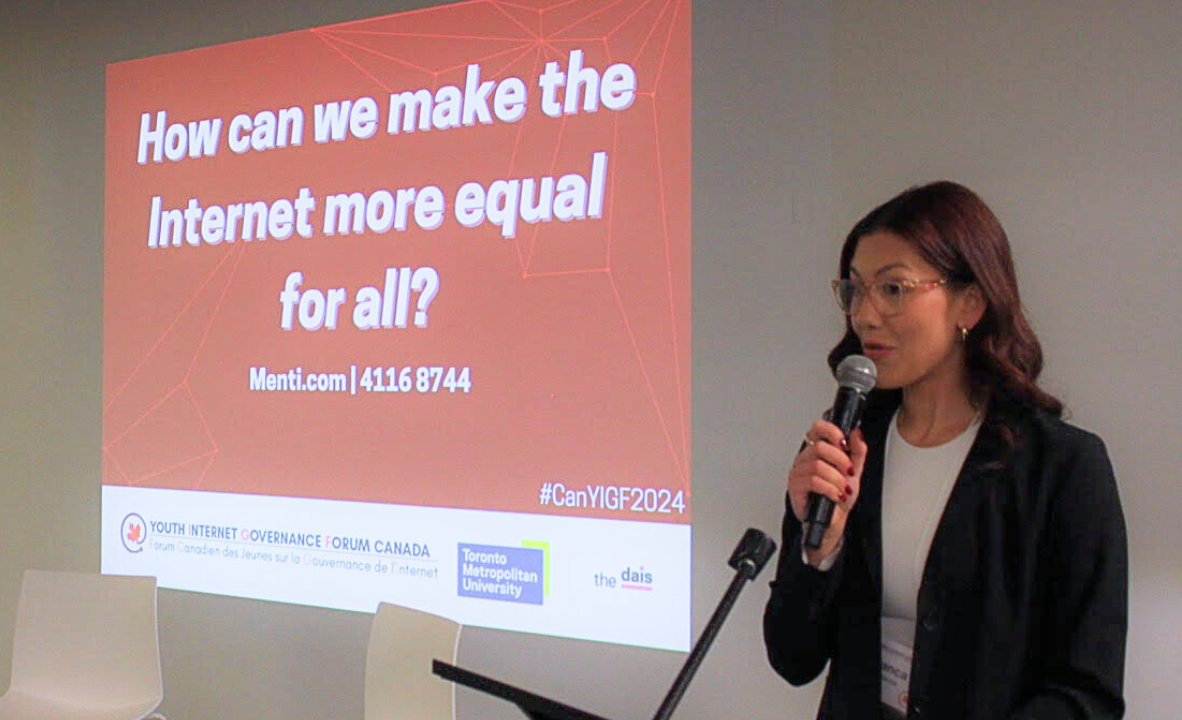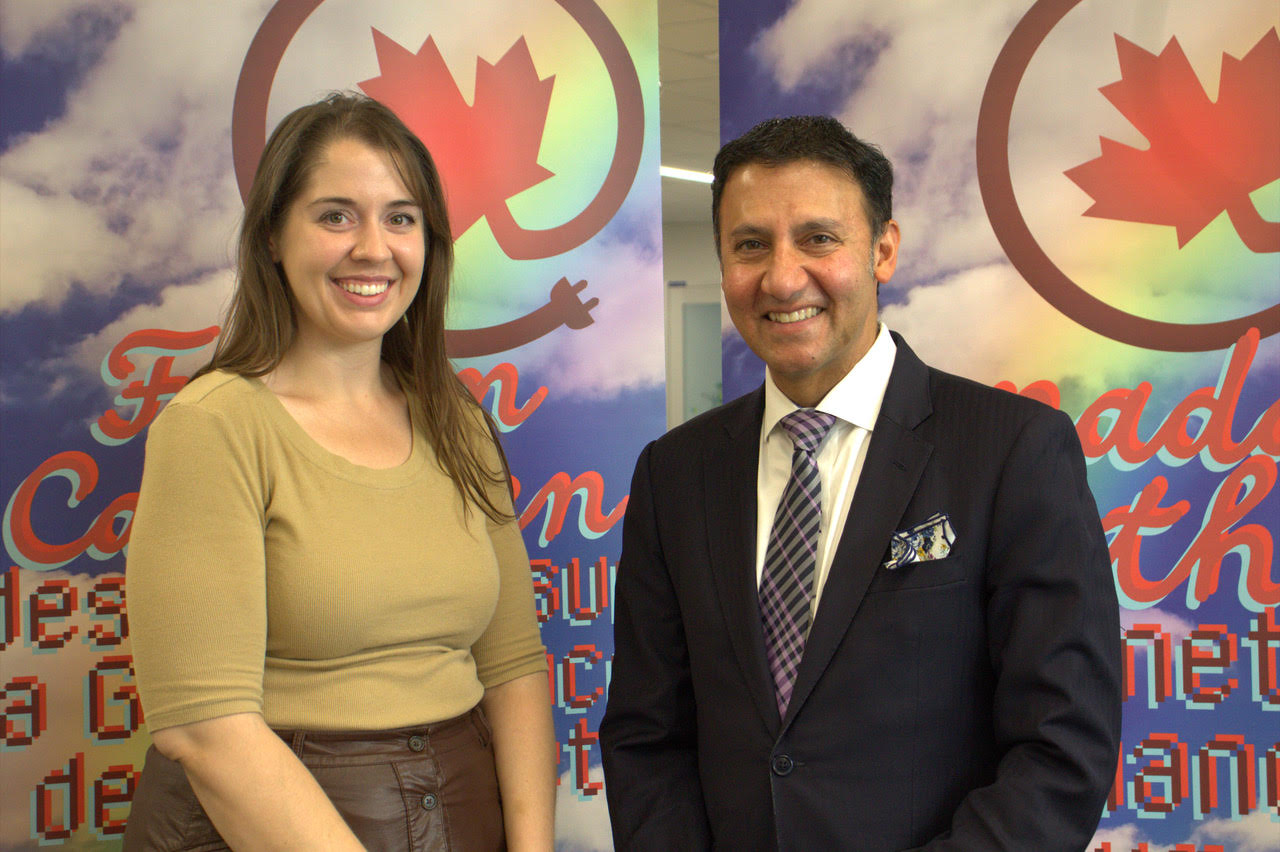Why are digital natives not included in Canada's digital policy? Young people speak up
Why It Matters
Young people feel they are underrepresented in crafting legislation around technology, telecommunications, data privacy and internet policy. Having grown up with and around the internet, their voices are critical to the development of an equitable and accessible internet.

Youth are not meaningfully involved or consulted in technology and internet policy discussions, which has accessibility disadvantages for Canada, said attendees at a recent forum on involving youth in internet governance.
“Youth have grown up with, and in many ways been raised by, the internet,” said Dana Cramer, president and CEO of Youth Internet Governance Forum (Youth IGF) Canada.
“Digital services like social media are intent to capture our interests as long-lasting users of their platforms as the younger they get us, the longer they will have us on their platforms.”
However, access to and experience of the internet varies significantly between young people, Cramer added.
Women, racialized communities and the LGBTQ+ community often come face-to-face with hate-filled content, which platforms do little to moderate. People with disabilities sometimes cannot access key online services.
Indigenous and other northern communities continue to struggle with internet access, both in terms of speed and affordability.
From the Online Harms Act to the Online News Act – and the upcoming Artificial Intelligence and Data Act – Canada continues to craft and shift digital policy. Marginalized groups continue to criticize the federal government’s lack of meaningful consultation with the public as these policies take shape.
Digital and internet policy continue to be a mystery
“I don’t know about the rest of you, but for me personally, no one actually taught me how to use the internet,” said Dorel Kadima, lead research coordinator at Children First Canada.
Kadima is simultaneously completing the final year of her undergraduate degree at the University of Calgary.
There is an “opaque glass that has shielded telecommunications infrastructure [knowledge] from public view,” added Michel Mersereau, an assistant professor at the Faculty of Information at the University of Toronto.
Despite the Canadian Radio-television and Telecommunications Commission (CRTC) offering public hearings, the uptake of these forums to express public opinion has often been low, added Greg Lang, a senior strategic advisor at the CRTC.
In a week-long hearing on internet competition, 22 witnesses attended, 14 of whom were from internet service providers, Lang said.
The rest were government groups, consumer groups, a couple of individuals, and one academic.
“I bet if you go on the volume of pages submitted [to the CRTC] the disparity would probably be even larger,” he said.
However, about 15 youth advocacy groups were involved in consultations on the Online Harms Act / Bill C-63, said Minister of Justice and Attorney General of Canada Arif Virani.
The bill aims to protect children from seeing and interacting with harmful content and hold platforms accountable for potential harm.
According to Cramer, this may not be enough. If a young person is not affiliated with a youth organization in their community that is then consulted by the government, they risk not having their voice heard, she said.

The consultations, therefore, aren’t representative of all Canadian young people but rather of the organizations with strong advocacy arms, she added.
Various panellists at the Youth IGF also highlighted missing pieces in Bill C-63, including specific measures to deal with online child sexual exploitation and technology-facilitated gender-based violence.
“When we think of online harms and technology-facilitated gender-based violence, we should also think of how it facilitates violence offline,” said Esli Chan, a political science PhD candidate at McGill. Her research is dedicated to the role of technology in the development of extremist ideology.
Having researched an incident in Toronto in 2018 where a self-described ‘incel’ rammed a vehicle into a group of pedestrians, Chan found that public safety risk assessment models weren’t making a connection between online forms of extremism and hatred, and how those translated into real-world actions.
Sustaining youth involvement
The Canada Youth IGF follows the models of other youth-led movements around the world and is recognized by the United Nations.
Cramer observed that the attendees desired to expand the conversation to the impacts of artificial intelligence, cryptocurrencies, privacy, and digital healthcare and that these topics may also vary regionally.
However, as a volunteer-led organization, funding continues to be a challenge, she added.
“We’re trying to raise funds in the new year [for] operational costs, to have better infrastructure in place as a non-profit,” she said. “It’s hard to invest in your operations – you want to invest in your events more often.”

